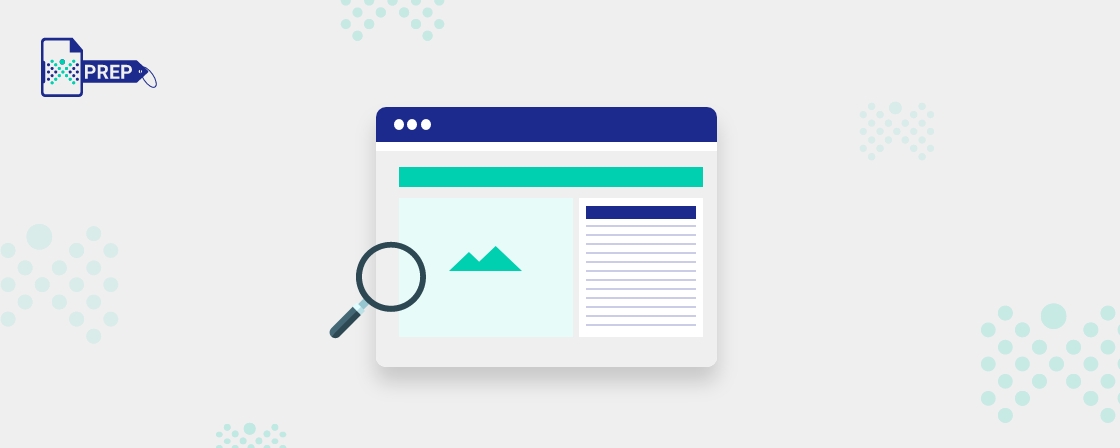Accessibility means that everyone, regardless of their abilities or disabilities, can easily
access and use digital content. When creating websites, apps, and other digital content,
accessibility should be at the forefront of design. One of its essential elements is color
contrast.
The importance of color contrast for accessibility in visual design is often overlooked, but it
is essential for providing people with visual impairments with a better experience when
using digital content. Good contrast between foreground and background colors is critical to
ensure visually impaired people can easily read and understand the content. It ensures that
everyone can easily access digital services, websites, applications, and documents. It allows
for better readability and improves usability by allowing users to scan content and find
information quickly and more easily.
Furthermore, failure to provide sufficient color contrast can result in some users being
unable to interpret the text or graphics correctly while also ending up getting you in legal
trouble.
What is Color Contrast?
Color contrast in accessibility refers to the difference in brightness and color between two
elements in a visual design, such as text and background. It refers to the luminosity of two
colors, where luminosity is the brightness of any color. Black is known to have the lowest
luminance and white has the highest.
The contrast is expressed in a ratio form where the highest number represents a greater
level of color contrast between the two colors used, such as 4.5:1 or 7:1, representing the
relative luminosity values of the two colors. The higher the contrast ratio, the easier it is for people to read the text. For example, the contrast ratio of white and black is 21:1, the
highest, and you can easily read any text with a black background and white text or white
background and black text.
Why is Color Contrast Important for Accessibility?
Whether it is a webpage or a PDF document, color contrast is important as it affects your
ability to recognize information accurately.
The human brain is designed in a way where it is extremely amazing at differentiating
patterns, shapes, and colors. However, this does not hold true for people with color vision
deficiency. They may face issues in distinguishing between different colors and shades.
People with different vision impairments or color vision deficiencies find reading texts with
a low color contrast difficult. This means they find it difficult to read two colors with the
same or almost identical luminosity.
Which Laws Talk About Color Contrast for Accessibility?
Although the Americans with Disabilities Act (ADA) does not allow discrimination against
people with disabilities, it was passed in 1990, which means that it does not use direct
language that states any legal criteria for having digital accessibility. But everyone relies on
the Web Content Accessibility Guidelines (WCAG), a universally cited lawsuit under the ADA
that holds international standards for digital accessibility.
What are the Criteria for Color Contrast in WCAG?
The WCAG Success Criterion 1.4.3 states that all kind of visual representation that has text
or contains images of texts should have a color contrast ratio of at least 4.5:1. But there are
three exceptions to this contrast requirement, which includes:
- Large Text
Since large texts are easier to read, their color contrast requirement includes 3:1. According to the WCAG, a large text is when the text is at 18pt and larger; when it's bold, it should be larger than 14pt.
- Logotypes
There is no color accessibility requirement for text that is part of a brand name or logo.
- Incidental
Any image of text or text that is there for decoration, is part of an inactive user interface, is present with other visual content, or is invisible to any reader does not need to comply with the WCAG color contrast accessibility.
Bottom Line
Color contrast is an integral part of web accessibility. It ensures that users with poor vision
can access content and that the user experience is enhanced by improved readability. An
accessible design creates a user-friendly experience for people with disabilities and benefits
everyone by making it easier to read and understand information. By ensuring that the
foreground and background colors used in text and image elements have enough contrast,
you can ensure your content is readable by all users, regardless of their disabilities.

